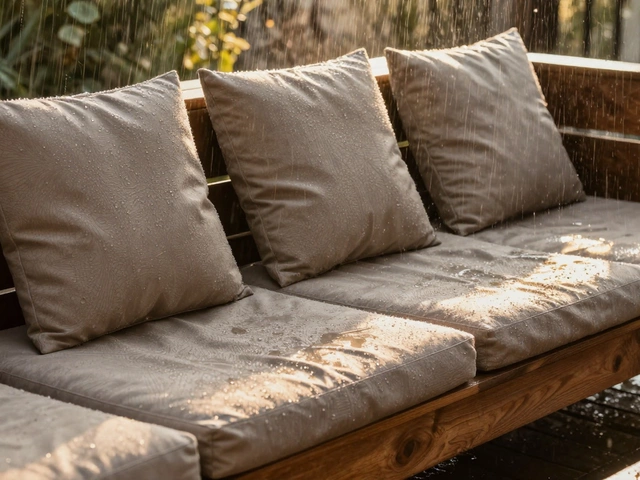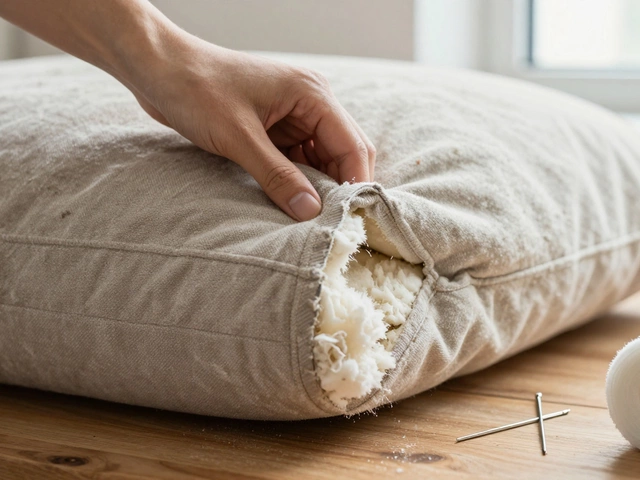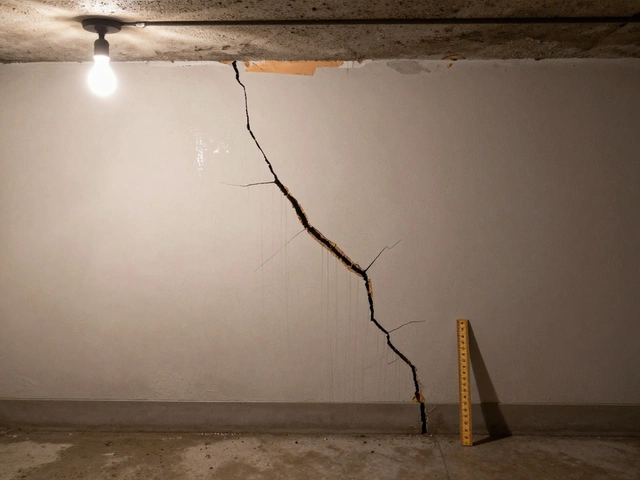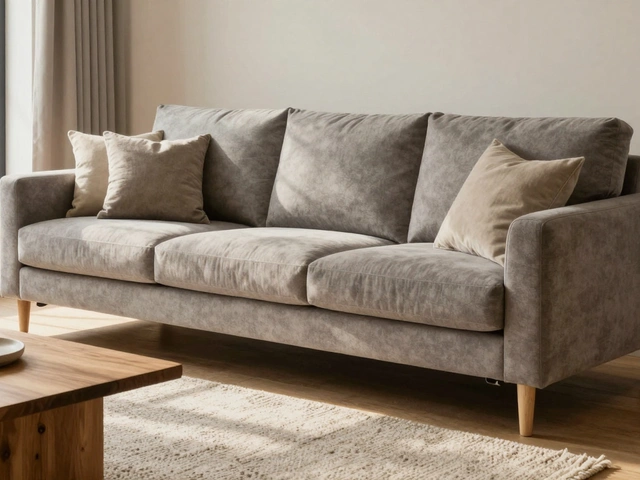Protection – Keep Your Home, Furniture & Belongings Safe
When working with Protection, the practice of shielding objects or structures from damage, wear and decay. Also known as preservation, it plays a crucial role in maintaining value and comfort in everyday life. In simple terms, protection means taking steps now so you don’t face costly repairs later. Below you’ll see why a solid protection plan matters and how it ties into other everyday chores.
One of the biggest threats in any home is moisture‑driven mold. Mold Prevention, techniques that stop fungal growth before it spreads. Also called fungus control, it relies on good ventilation, humidity monitoring and quick clean‑up of spills. The right dehumidifier setting (45 % RH or lower) can cut mold risk by half, while using breathable paint on walls lets any trapped moisture escape. When you combine mold prevention with regular cleaning, you protect not just walls but also furniture, fabrics and even indoor air quality.
Storing furniture for months or years adds another layer of risk. Furniture Storage, the process of keeping pieces in a controlled environment until they’re needed again. It’s often called item preservation. Key factors include temperature stability, low humidity, and proper padding to avoid scratches. A simple tip: wrap wooden chairs in cotton sheets and place silica gel packets on top of upholstered sofas. This prevents moisture from seeping in and reduces the chance of mold or mildew forming during long‑term storage.
Every homeowner knows that routine checks keep problems from snowballing. Home Maintenance, regular tasks that preserve a property’s structural and aesthetic integrity. It’s also referred to as property upkeep. From cleaning gutters to inspecting roof flashing, each task contributes to overall protection. For example, clearing debris from gutters stops water overflow that could seep into walls, while sealing cracks in the foundation stops drafts and water intrusion. Consistent maintenance creates a defensive barrier that saves time, money, and stress.
Even solid structures can shift over time. Foundation settlement, a natural but sometimes alarming movement, can compromise walls, doors and windows. While it’s normal for a house to settle a few millimetres in the first few years, unexpected shifts after two decades often signal drainage issues or soil changes. Spotting early signs—sticking doors, cracks spreading from the ceiling—lets you intervene before the problem escalates. Addressing drainage, reinforcing footings or installing flexible door hinges are practical ways to protect your home’s core.
All these topics—mold prevention, smart storage, routine maintenance and settlement monitoring—share a common thread: they are parts of a broader protection strategy. When you look at them together, you see how each action supports the others. Good ventilation lowers mold risk, which in turn protects stored furniture. Regular maintenance stops water from reaching the foundation, reducing settlement risks. Understanding these connections helps you build a comprehensive plan that covers every angle of home and item safety.
Below you’ll find a hand‑picked collection of articles that dive deeper into each of these areas. Whether you’re tackling a DIY furniture makeover, planning a storage solution, or checking your house for early settlement signs, the guides ahead give you clear steps, budget tips and real‑world advice you can start using right now.
Does Plastic Wrap Damage Furniture? What You Really Need to Know
Worried about wrapping your furniture in plastic? This article breaks down what actually happens when you use plastic wrap on different types of furniture. Learn the real risks, when it’s safe, and smart tips to avoid messes or damage. Whether you’re moving, storing, or just covering up for a remodel, here’s what you need to know. It’s all about keeping your stuff in top shape, without nasty surprises.
full article




